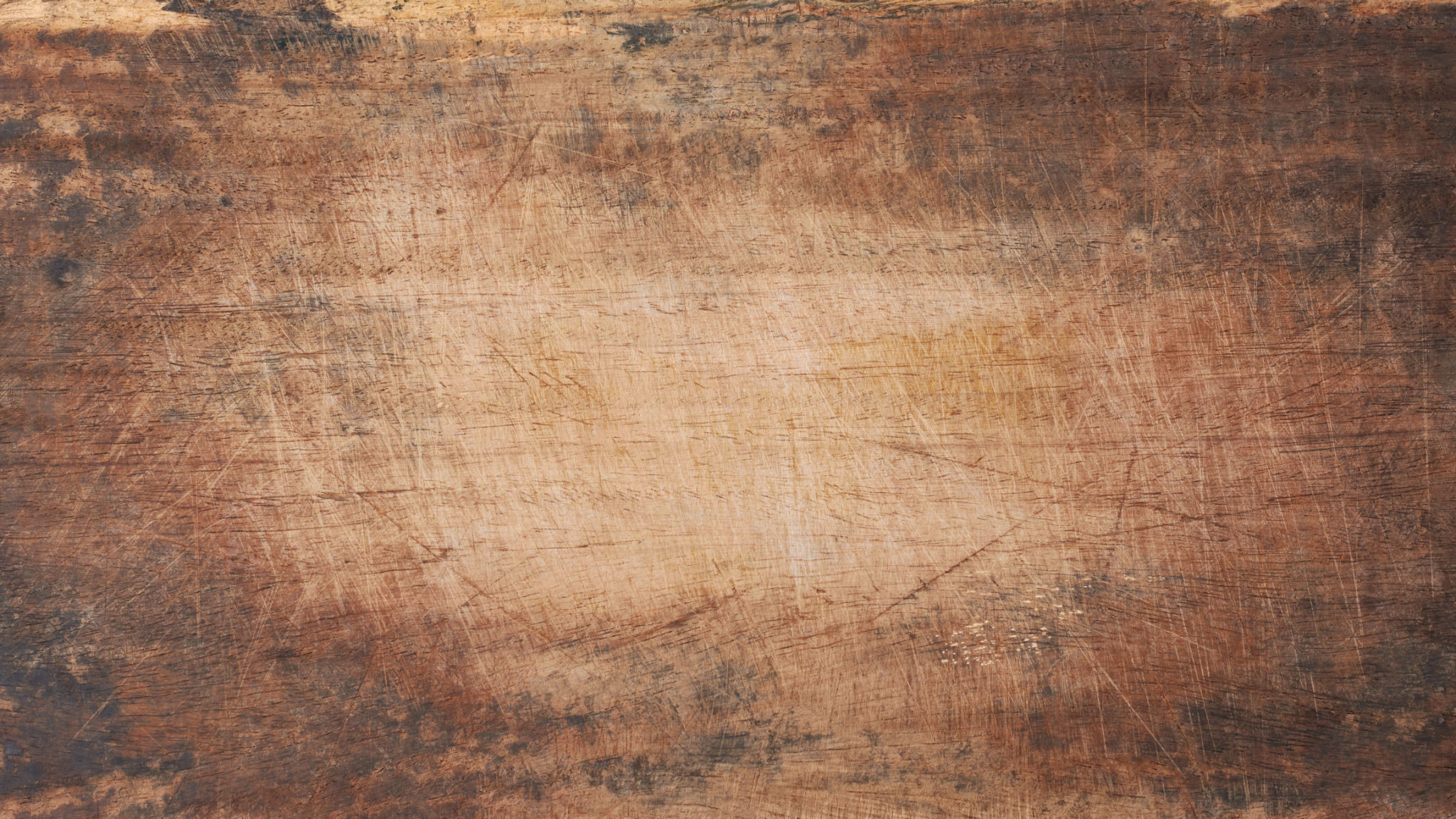Choosing the Best Handmade Cutting Board for Your Kitchen: A Buyer's Guide
Why Choose a Handmade Cutting Board?
Handmade cutting boards are not just functional kitchen tools; they are also works of art that can add a touch of elegance to any kitchen. Unlike mass-produced boards, handmade options are crafted with care and attention to detail, ensuring quality and durability. Whether you're a home cook or a professional chef, a handmade cutting board offers both practicality and aesthetic appeal.
One of the primary benefits of choosing a handmade cutting board is the variety of materials and sizes available. From rich hardwoods like walnut and maple to eco-friendly bamboo, the options are vast and cater to different tastes and needs. Additionally, handmade boards often feature unique designs and finishes, making each piece truly one-of-a-kind.

Types of Materials
Wooden Cutting Boards
Wooden cutting boards are a popular choice due to their durability and natural beauty. Hardwoods such as maple, cherry, and walnut are commonly used, as they withstand knife marks better and have natural antimicrobial properties. When selecting a wooden board, consider the hardness of the wood and the finish used, as these factors affect the board's longevity and maintenance.
Bamboo Cutting Boards
Bamboo is an environmentally friendly option that is gaining popularity. It's a sustainable material that is harder than many traditional woods, providing a strong surface for cutting. Bamboo boards are also lightweight, making them easy to handle and store. However, they may require more frequent oiling to maintain their appearance and prevent drying out.

Choosing the Right Size
The size of your cutting board is another crucial factor to consider. A larger board provides more space for chopping and arranging ingredients, which can be particularly useful during meal prep. However, it also requires more counter space and can be heavier to move around. On the other hand, smaller boards are easier to store and transport but may not accommodate large tasks.
Consider your kitchen space and typical cooking needs when deciding on the size. If you frequently prepare large meals or entertain guests, a larger board might be beneficial. For occasional cooking or smaller kitchens, a medium-sized or even small board could suffice.

Maintenance and Care
Proper maintenance is essential to keep your handmade cutting board in pristine condition. Regular cleaning and oiling can extend the life of your board significantly. Use warm, soapy water to clean the board after use, avoiding soaking it in water as this can cause warping.
Oil your board with food-safe mineral oil or beeswax monthly, or more frequently if the board appears dry. This process helps maintain the wood's moisture level and prevents cracking. Additionally, using separate boards for raw meats and other foods can help prevent cross-contamination and preserve the board's surface.
Additional Features to Consider
When selecting a handmade cutting board, you might also want to consider additional features such as juice grooves or handle cutouts. Juice grooves are helpful for containing liquids from fruits or meats, while handles make carrying the board easier.
Some boards also come with non-slip feet or reversible designs, adding to their functionality. These extras can enhance your cooking experience and make your cutting board even more versatile.

